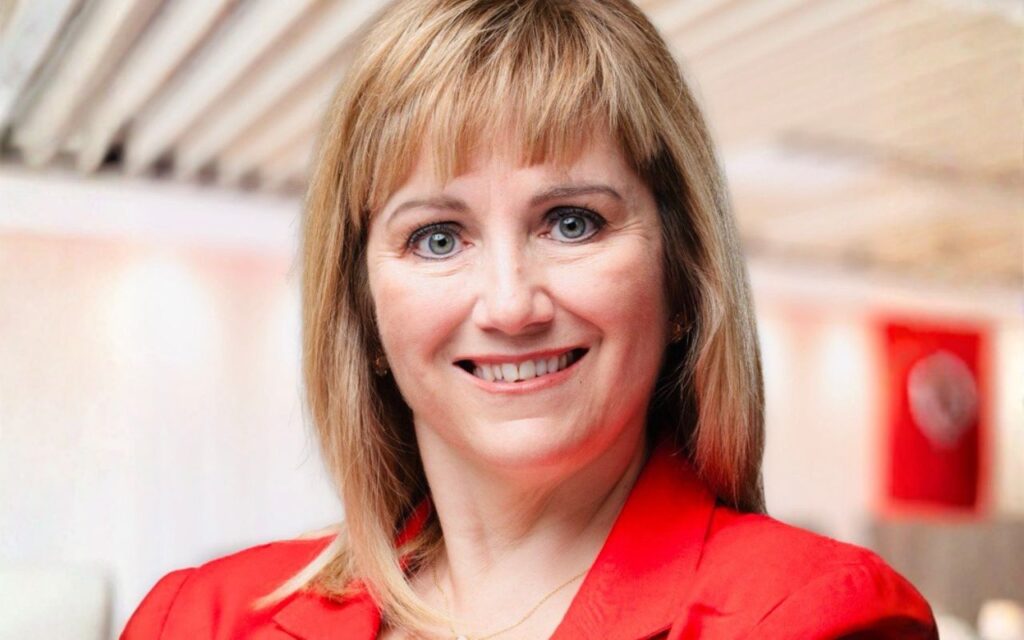
A few months ago, I was coaching a senior leader who had just delivered a difficult restructuring message. The plan was logical and well-prepared – but she felt stuck. “I know what I need to do,” she said, “but I feel like I’m in quicksand.”
It wasn’t burnout or decision fatigue. It was grief.
Corporate grief.
It’s a term I’ve coined after coaching senior leaders who are navigating organizational change. While many strategies focus on execution, I kept seeing the same thing: plans stall (or even worse fail) not because of a lack of vision or strategy, but because of an unacknowledged emotional undercurrent. Leaders, in particular, are expected to steer transitions while privately carrying the losses, and delivering messages they didn’t write. When that grief goes unaddressed, the change doesn’t land as intended. And in the current climate where economic instability is forcing layoffs, restructurings, and relentless pressure to do more with less, this quiet weight is everywhere.
Leading loss you didn’t choose
There’s a distinct complexity to leading change you didn’t choose. I’ve coached executives through government cuts, nonprofit consolidations, tech pivots, and values-driven shifts that no longer aligned with internal realities. You’re expected to model composure, motivate teams, and make difficult decisions; even when part of you is still grieving the organization you helped build. You may have lost valued colleagues, a beloved way of working, an idea of what should have been, or the identity you once held in a role. But because you’re leading others through the transition, there’s little room to reflect on what ended for you.
That’s where corporate grief lives. It shows up in how you lead, how you communicate, how you react. Over time, it clouds presence, delays decisions, and chips away at effectiveness.
What corporate grief looks like
If this feels familiar, here are some ways corporate grief may be showing up:
- You’re endlessly planning but can’t bring yourself to act
- You feel distracted, irritable, or emotionally checked out
- You’re avoiding key conversations
- You’re disengaged from what’s next
- You quietly question if you’re still the right person to lead
These aren’t signs of failure. They’re signs that something meaningful ended and hasn’t been processed. Once acknowledged, they can become inflection points for clarity and progress.
It’s important not to confuse corporate grief with burnout. Burnout results from prolonged stress and overwork, while corporate grief stems from a meaningful loss. Grief slows leaders down emotionally; burnout drains them mentally and physically. Grief calls for reflection and action; burnout calls for rest, balance, and at times medical interventions. But both must be named to be effectively addressed
Why this matters now
Organizations are in flux. Stable sectors are restructuring. Funding is uncertain. Teams are thin. Leaders are tired. And yet, there’s a collective expectation to deliver quickly, cleanly, without emotional noise. We talk about resilience and agility. But without space to grieve what’s ending, those words lose traction because performance doesn’t thrive in suppressed environments. When leaders create space to name their own grief, they shift from reacting to leading. When grief is acknowledged (not just by those affected by change, but by those leading it) sustainable transformation becomes possible.
What can you do?
If you’re in the middle of a major change, start here:
- Name what you’ve lost. This might be people, purpose, identity, autonomy, or a particular rhythm or culture. Name it.
- Don’t bypass the emotional cost. You don’t need to dwell, but you do need to pause. Witness what has shifted, and speak with a therapist if you want to.
- Try a guided reflection. One question I ask clients is: “What would need to happen for you to look back on this time without regret?” It creates both perspective and direction.
- Find a space where you don’t need to be “on.” Whether that’s journaling, coaching, or quiet time with someone who gets it – give yourself room to integrate without needing to perform.
From grief to momentum
Once leaders acknowledge what has been lost, space opens for decision-making to become sharper and conversations to become more honest. This inevitably allows for trust to return. Teams feel grounded again because leadership feels grounded again. Corporate grief is not a vulnerability, but should instead be seen as the foundational element of effective change management practices. When ignored, it undermines even the best strategies. When named and moved through, it becomes a foundation for clarity, credibility, and connection. If the weight of leading through change feels heavier than it “should” – you’re not failing. You’re grieving. And naming it may be the most strategic thing you do next.








